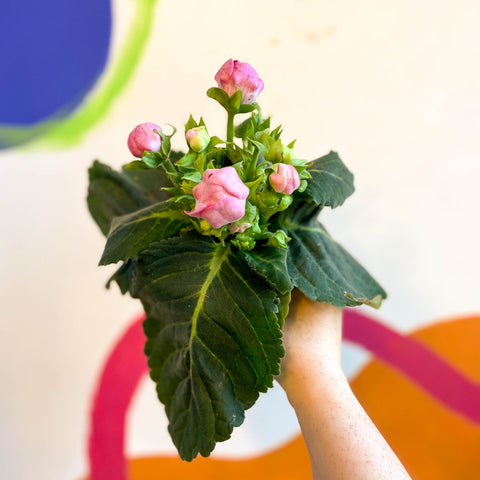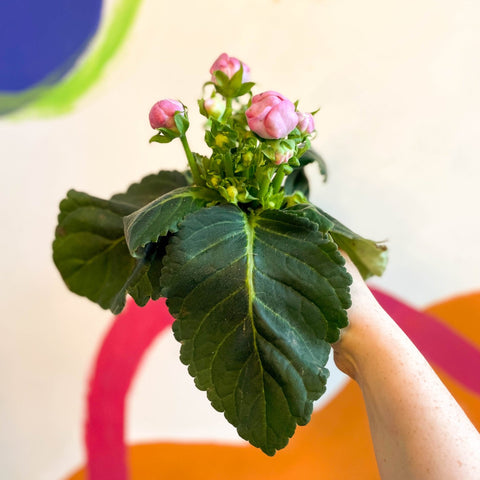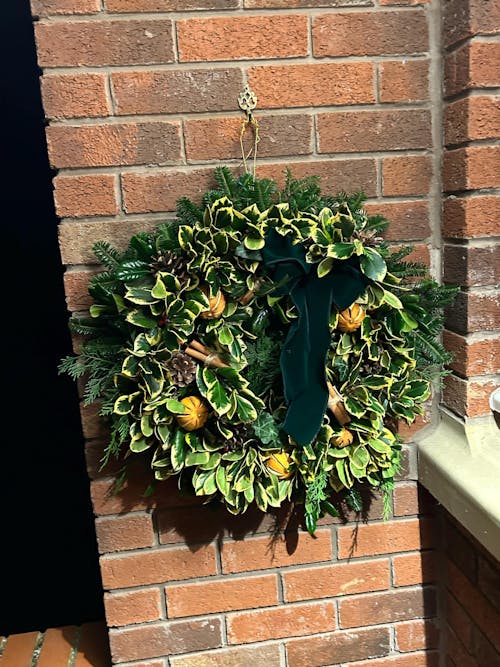This plant, most familiarly known as the Gloxinia, is of the same family as African Violets and Cape Primroses, and its flowers are if anything even more stunning! Add splashes of bright colour, from vibrant purples to deep reds or delicate pinks, to your home- alongside beautiful velvety leaves! Pop it in a bright spot that doesn't get too much sun, allow the pot to feel lighter before watering again, and it will reward your care with gorgeous blooms and the brightest of colours! Please note that these plants come in a variety of colours, and the colour is picked at random.
Scientific Name
Sinningia speciosa (Sinning's spectacular plant)
This species was originally in the Gloxinia genus, but was reclassified as genetic analysis improved. Many people still refer to it as Gloxinia though, as this had become a familiar name!
Common Name
Gloxinia, Brazilian Gloxinia, Florist's Gloxinia
Origin
Native to Brazil
Light
This plant loves bright indirect light; it can stand a little morning or evening sun but too much will scorch the leaves!
Water
These plants don't like to be overwatered so if in doubt, wait a few more days to water! They will respond best to bottom-watering as damp petals and leaves can cause disease and mould. When the pot feels slightly light when you pick it up, it's time to water!
Humidity
Average humidity is enough for this tropical plant- just make sure it's not too close to a heater or air con which can dry the plant out too much!
Soil
Use a fertile, well-draining mix; components like coir, bark and sand work well. Look for a mix suitable for Streptocarpus. Repot every two years in spring as the plant grows.
Food
Use a high-potassium feed every two to four waters in the spring and summer, and an ordinary houseplant or streptocarpus fertiliser every month otherwise.
Temperature
Temperature should ideally be between 15-21°C- make sure it doesn't drop below 12°C in winter.
Pet-safe
Yes, but too much nibbling won't be good for pets, small humans or the plant!
Sprouts Top Tips
If the lower leaves of your plant are brown with soft spots on the underside, you are probably overwatering; if the leaves are going brown and crispy it's probably getting too much sun. Because of the dense foliage, watering from below using a tray is best, so the leaves and petals don't sit wet.













![The 'Hot Toddy' Fresh Foliage Christmas Wreath [Made to Order]](https://cdn.shopify.com/s/files/1/0490/2774/3905/products/the-hot-toddy-fresh-foliage-christmas-wreath-240111_500x500.jpg?v=1637626402)














